High School Prerequisites
Prospective wildlife biology students should complete high school courses in biology‚ chemistry‚ physics‚ and mathematics. A strong foundation in environmental science and statistics is also recommended. Maintaining a competitive GPA and engaging in relevant extracurricular activities‚ such as volunteering or fieldwork‚ is highly encouraged.
1.1 Biology and Chemistry Requirements
Prospective students must complete high school biology and chemistry with a strong emphasis on lab work and theoretical concepts. Advanced courses like AP Biology and honors chemistry are highly recommended. A solid understanding of ecological principles and chemical processes is crucial for success in wildlife biology programs. Additionally‚ environmental science coursework can provide valuable insights. Maintaining a competitive GPA in these subjects and engaging in relevant extracurricular activities‚ such as volunteering or fieldwork‚ is also encouraged.
1.2 Mathematics Requirements
Strong mathematical skills are essential for wildlife biology. Students should complete courses in algebra‚ geometry‚ and pre-calculus‚ with a focus on statistics and analytical thinking. Understanding data analysis and quantitative reasoning is critical for research and fieldwork. Advanced math courses‚ such as calculus or AP Statistics‚ are highly recommended to prepare for college-level coursework. Proficiency in math ensures students can interpret and apply biological and ecological data effectively‚ making it a cornerstone of wildlife biology prerequisites.
1.3 Physics and Environmental Sciences
High school students aspiring to study wildlife biology should complete courses in physics and environmental sciences. These subjects cover foundational concepts such as energy‚ ecosystems‚ and biodiversity. Environmental sciences also address the impact of human activities on natural habitats. Understanding these topics is crucial for analyzing ecological interactions and conservation principles. These courses prepare students for college-level studies by providing a solid foundation in environmental systems and sustainability‚ essential for future wildlife biologists.
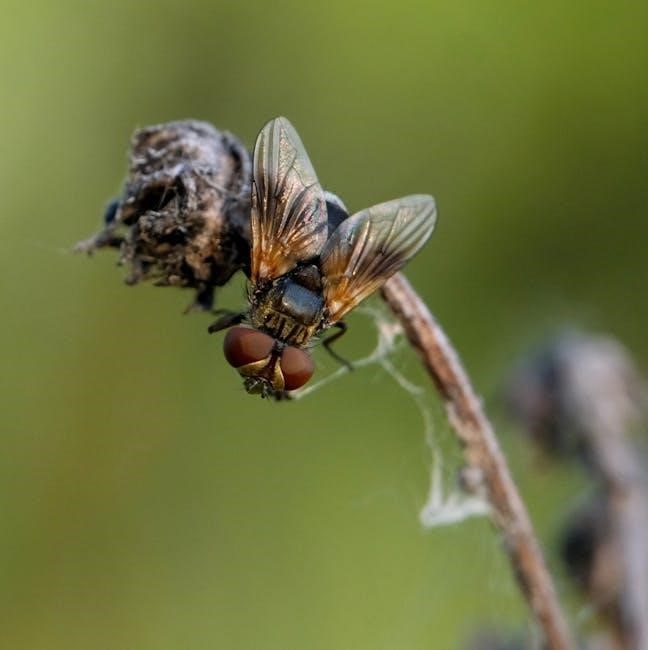
Standardized Tests
Applicants typically need to submit SAT or ACT scores‚ with some programs requiring SAT Subject Tests in biology‚ chemistry‚ or physics. Minimum score requirements vary by institution.
2.1 SAT and ACT Scores
Wildlife biology programs often require SAT or ACT scores as part of the application process. Competitive scores typically fall within the range of 1200-1400 for the SAT and 25-32 for the ACT. Some colleges may emphasize certain sections‚ such as math and science‚ to align with the program’s focus. It’s essential to check the specific requirements for each institution‚ as some may be test-optional or have additional score submission guidelines. Preparing thoroughly for these exams and understanding the scoring system can significantly strengthen your application profile.
2.2 SAT Subject Tests
While not all wildlife biology programs require SAT Subject Tests‚ some competitive institutions may recommend or require them‚ particularly in biology‚ chemistry‚ or physics. Scoring well on these tests can demonstrate a strong foundation in relevant subjects. Typically‚ scores in the 700-800 range are considered competitive. It’s crucial to review each college’s specific requirements‚ as some may prioritize these scores over others. Preparing for and excelling in SAT Subject Tests can provide an added advantage in the admission process.
2.4 Minimum Score Requirements
Many wildlife biology programs specify minimum SAT or ACT scores for admission. Typically‚ SAT scores range from 1100 to 1300‚ while ACT scores often fall between 22 and 28. These thresholds vary by institution‚ with competitive programs requiring higher scores. Meeting or exceeding these minimums is crucial for a strong application. Some colleges may also emphasize specific sections‚ such as math or science‚ for applicants to wildlife biology programs. Always check the admissions criteria for your target schools to ensure alignment with their expectations.
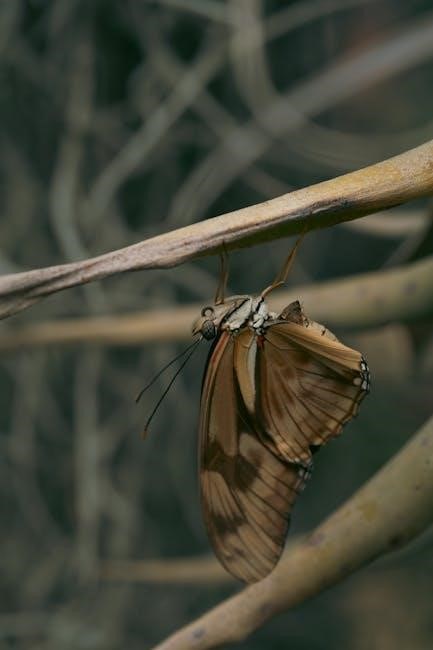
College-Level Prerequisites
Students must complete introductory biology‚ ecology‚ general chemistry‚ and mathematics courses. Lab experiences are often required to build practical skills in wildlife biology and statistics.
3.1 Introductory Biology and Ecology
Introductory biology courses cover fundamental concepts such as cell biology‚ genetics‚ and ecosystems. Ecology courses focus on the interactions between organisms and their environments‚ including biodiversity and ecological principles. These courses provide a foundational understanding of wildlife habitats and conservation biology. Lab sections often include fieldwork and data analysis‚ preparing students for hands-on research. A strong grasp of these subjects is essential for advanced studies in wildlife biology and related fields‚ ensuring students are well-prepared for both academic and professional challenges in this discipline.
3.2 General Chemistry and Lab
General chemistry courses are essential for understanding the chemical principles that underpin biological processes. Topics include chemical structures‚ reactions‚ and thermodynamics‚ with labs providing hands-on experience in experimentation and data analysis. These courses are critical for grasping environmental chemistry and its applications in wildlife biology‚ such as understanding toxicology and nutrient cycling. Labwork enhances problem-solving skills and prepares students for advanced studies in ecological and conservation sciences. A strong foundation in chemistry is vital for analyzing and addressing environmental challenges in wildlife biology.
3.3 Mathematics and Statistics
Proficiency in mathematics and statistics is crucial for wildlife biology‚ enabling the analysis of ecological data and population dynamics. Courses in calculus‚ algebra‚ and biostatistics provide tools for modeling and interpreting biological systems. Understanding statistical methods is essential for conducting and evaluating research in wildlife conservation. These skills are applied in population studies‚ habitat analysis‚ and environmental impact assessments. Strong mathematical and statistical knowledge ensures students can effectively contribute to evidence-based decision-making in the field‚ making it a cornerstone of wildlife biology education and practice.
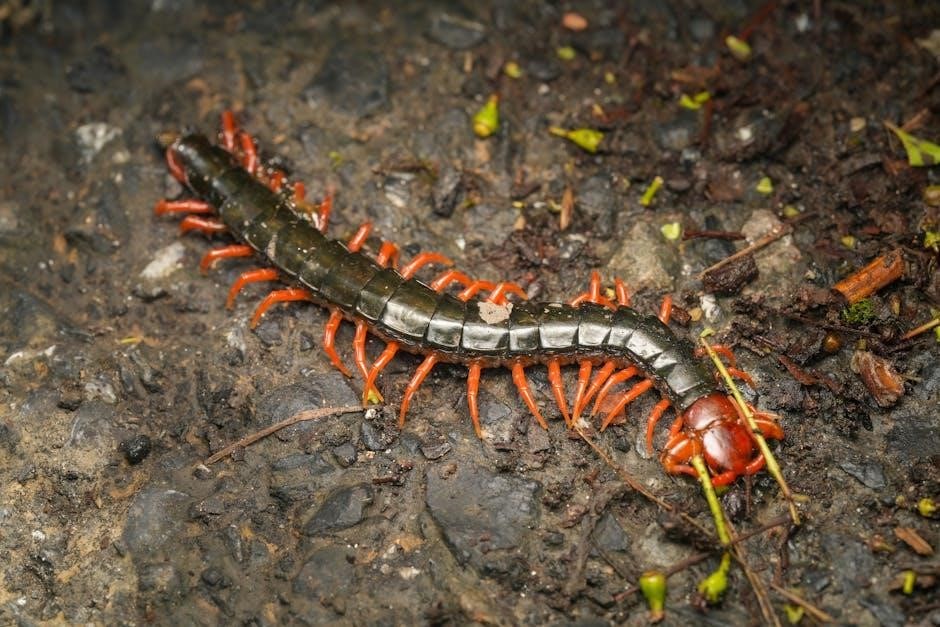
Experiential Learning
Experiential learning involves hands-on experiences like internships‚ volunteer work‚ and field research. These opportunities provide practical skills and real-world exposure in wildlife conservation and ecological studies‚ enhancing career readiness and academic understanding.
4.1 Internships and Volunteer Work
Internships and volunteer work are crucial for gaining hands-on experience in wildlife biology. These opportunities allow students to work with professionals‚ engage in field research‚ and develop practical skills. Volunteering at wildlife rehabilitation centers‚ national parks‚ or conservation organizations provides exposure to real-world challenges. Internships often involve tasks like data collection‚ species monitoring‚ and habitat restoration‚ which are essential for building a strong resume. Such experiences also help students network with professionals and gain insights into career paths in wildlife conservation and management;
4.2 Field Research Experience
Field research experience is a cornerstone of wildlife biology education. Engaging in hands-on projects‚ such as species monitoring‚ habitat assessments‚ and ecological surveys‚ provides invaluable practical skills. Students gain exposure to field techniques‚ data collection methods‚ and the challenges of working in diverse environments. Participating in research projects‚ internships‚ or field schools allows students to contribute to real-world conservation efforts. Such experiences not only enhance academic learning but also prepare students for advanced studies or careers in wildlife management and conservation. Fieldwork often involves collaboration with professionals‚ fostering networking and skill development.
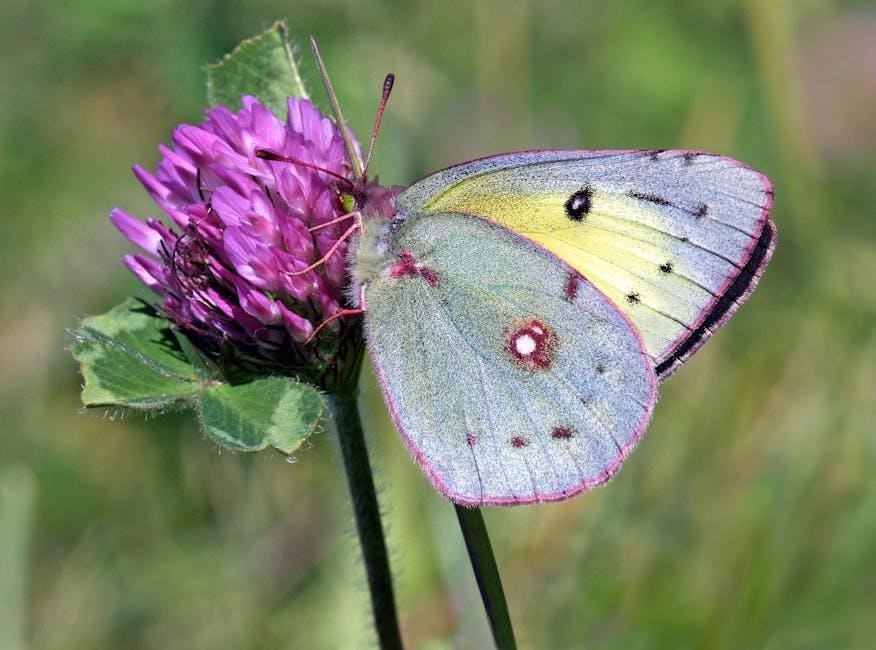
Application Process
The application process typically involves submitting transcripts‚ standardized test scores‚ and a personal statement. Deadlines vary‚ so applicants must check requirements on the college’s website carefully.
5.1 Application Materials and Deadlines
Applicants must submit official high school transcripts‚ SAT or ACT scores‚ and letters of recommendation. A personal statement outlining academic and career goals is also required. Deadlines for submission vary by institution‚ with most falling between December and February for fall admission. It is crucial to review each college’s specific requirements and timelines to ensure all materials are submitted on time. Late applications may not be considered‚ so thorough preparation and adherence to deadlines are essential for a successful application process.
5.2 Personal Statement and Letters of Recommendation
The personal statement should highlight your passion for wildlife biology‚ relevant experiences‚ and career aspirations. It should demonstrate your commitment to the field and align with the program’s focus. Letters of recommendation should come from academic or professional mentors who can speak to your skills and dedication. These documents provide insight into your qualifications and potential to succeed in the program. Ensure your statement is concise‚ well-written‚ and reflects your unique perspective and experiences in wildlife biology or related fields.
5.3 Transcripts and Test Scores
Official high school and college transcripts must be submitted‚ showcasing completed coursework and GPA. Standardized test scores‚ such as the SAT or ACT‚ are typically required. Some programs may also require SAT Subject Tests in science or math. Ensure all scores are sent directly from the testing agencies. A minimum GPA of 3.0 or higher is often expected. Competitive applicants usually have strong grades in science and math courses. Transcripts should reflect a rigorous academic preparation aligned with wildlife biology prerequisites. Meeting minimum test score thresholds is crucial for a complete application;
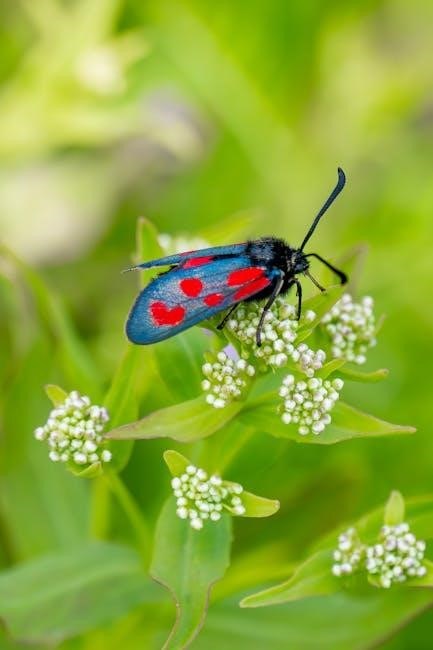
Application Review Process
Applications are evaluated based on academic performance‚ extracurricular activities‚ and relevant experiences. Admissions committees assess transcripts‚ test scores‚ and personal statements to determine fit for the program.
6.1 GPA and Academic Performance
A strong GPA‚ particularly in science and math courses‚ is crucial for admission. Colleges often look for a minimum GPA of 3.0 or higher. Rigorous coursework‚ such as Advanced Placement (AP) classes in biology‚ chemistry‚ and mathematics‚ is highly recommended. Academic performance trends‚ such as improvement over time‚ may also be considered. High grades in relevant subjects demonstrate a student’s readiness for the challenging curriculum in wildlife biology programs. Additionally‚ academic achievements‚ like science fair awards or relevant extracurricular activities‚ can strengthen an application.
6.2 Extracurricular Activities and Experience
Extracurricular activities and hands-on experience significantly enhance an applicant’s profile. Volunteering with wildlife organizations‚ participating in conservation projects‚ or interning at zoos or nature reserves demonstrates passion and practical skills. Leadership roles in environmental clubs or research teams also highlight initiative and teamwork. Relevant experiences‚ such as field research or animal care‚ showcase a commitment to wildlife biology. Admissions committees value applicants who have gained real-world exposure‚ as it reflects their readiness to contribute meaningfully to the field. These experiences often align with the program’s focus on applied learning and conservation efforts.
6.3 Interviews and Additional Requirements
Some wildlife biology programs require interviews to assess an applicant’s passion‚ experience‚ and fit for the program. These interviews may be conducted by faculty members or admissions committees. Additional requirements could include submitting a portfolio of relevant work‚ such as research projects or field experience logs. Certain programs may also request supplementary materials‚ like a writing sample or an additional letter of recommendation. These steps allow the admissions committee to evaluate an applicant’s suitability for the program’s specific focus and rigor. Preparation for interviews and gathering additional materials is crucial for a strong application.
Certifications and Additional Requirements
Certain wildlife biology programs may require certifications like wildlife rehabilitation or conservation biology credentials. Additional requirements might include first aid training or specialized fieldwork certifications.
7.1 Wildlife Rehabilitation Certification
Wildlife rehabilitation certification demonstrates expertise in caring for injured or orphaned wildlife. These programs often cover animal behavior‚ nutrition‚ and species-specific care. Certification typically requires hands-on training and completion of a recognized course. Many organizations offer such certifications‚ emphasizing ethical practices and animal welfare. This credential is particularly valuable for those seeking roles in wildlife conservation or rehabilitation centers. It highlights a commitment to hands-on experience and understanding of wildlife health. Such certifications can also enhance job prospects in related fields.
7.2 Conservation Biology Certification
Conservation biology certification focuses on managing and preserving ecosystems and biodiversity. It typically includes coursework in ecological principles‚ habitat restoration‚ and human impact on wildlife. Many programs offer specialized certifications for specific roles in conservation. This credential is highly regarded in academia and professional settings‚ demonstrating expertise in sustainable practices. It is particularly useful for those pursuing careers in environmental policy‚ research‚ or wildlife management. Employers often value this certification as it highlights a deep understanding of ecological systems and conservation strategies. It also provides a competitive edge in advancing careers in wildlife biology.
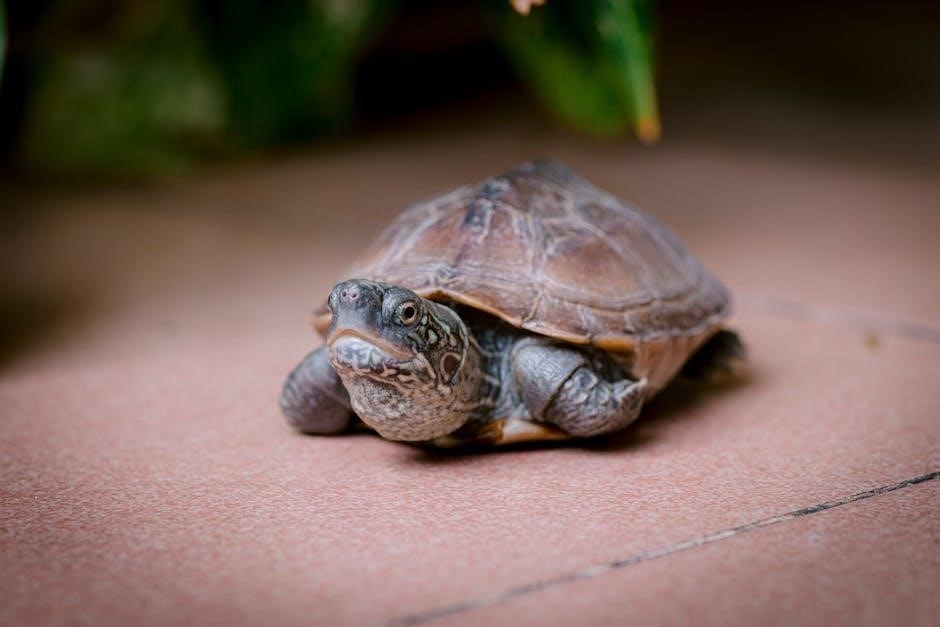
Curriculum Overview
A wildlife biology curriculum includes core courses in ecology‚ genetics‚ and conservation biology‚ with electives in wildlife management and environmental policy. Labs and fieldwork are integral.
8.1 Core Courses in Wildlife Biology
Core courses in wildlife biology typically include introductory ecology‚ genetics‚ and conservation biology. Students also study wildlife management‚ animal behavior‚ and environmental policy. These courses provide foundational knowledge in understanding ecosystems and species interactions. Practical experience is gained through fieldwork and lab sessions‚ emphasizing hands-on learning. Additionally‚ statistics and research methods are taught to prepare students for scientific investigations. This comprehensive approach ensures students are well-equipped for careers in wildlife conservation and management.
8.2 Electives and Specializations
Electives in wildlife biology allow students to tailor their degree to specific interests‚ such as wildlife conservation‚ ecology‚ or wildlife management. Courses may include wildlife genetics‚ human-wildlife conflict‚ or wildlife policy. Specializations like avian biology or marine biology provide deeper expertise. These electives enable students to explore niche areas‚ preparing them for careers in conservation organizations‚ research institutions‚ or government agencies. Practical skills‚ such as habitat restoration or GIS mapping‚ are often emphasized‚ ensuring graduates are well-prepared for real-world challenges.
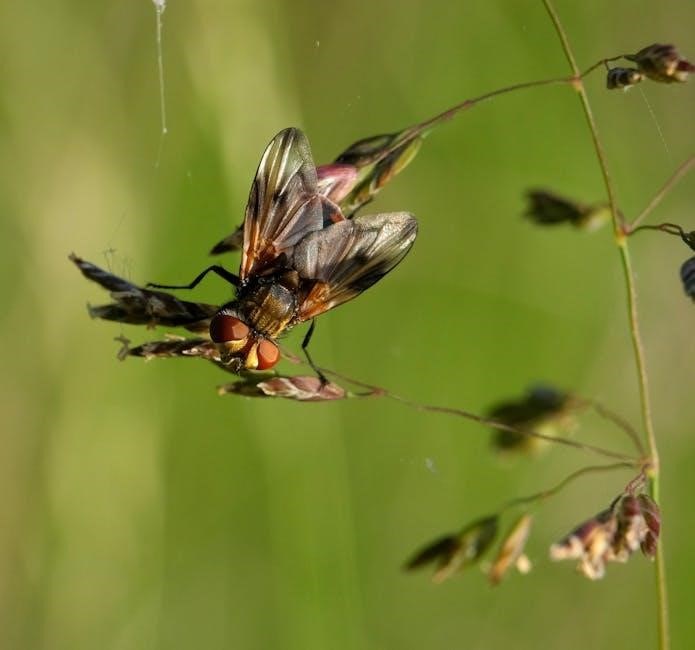
Specializations in Wildlife Biology
Specializations include wildlife conservation biology‚ focusing on ecosystem preservation‚ and wildlife management and ecology‚ emphasizing sustainable practices and species interaction. These paths provide tailored skills for specific career goals.
9.1 Wildlife Conservation Biology
Wildlife conservation biology focuses on preserving ecosystems and biodiversity. Students learn strategies for habitat restoration‚ species protection‚ and combating threats like climate change. Coursework includes ecology‚ genetics‚ and data analysis to understand population dynamics and develop conservation plans. Hands-on experiences‚ such as field research and internships‚ prepare graduates to address global conservation challenges. This specialization equips students with the skills to design and implement effective conservation programs‚ ensuring the survival of endangered species and maintaining ecological balance. It is a critical area of study for those passionate about environmental sustainability and wildlife preservation.
9.2 Wildlife Management and Ecology
Wildlife management and ecology focus on understanding and managing interactions between species and their environments. Students learn ecological principles‚ population dynamics‚ and habitat management techniques. Coursework includes applied ecology‚ wildlife-habitat relationships‚ and data analysis for informed decision-making. Practical training in field research‚ data collection‚ and GIS mapping prepares graduates to address ecological challenges. This specialization emphasizes sustainable practices to balance human activities with ecosystem health‚ equipping students to manage wildlife populations effectively and mitigate threats like habitat loss and invasive species.
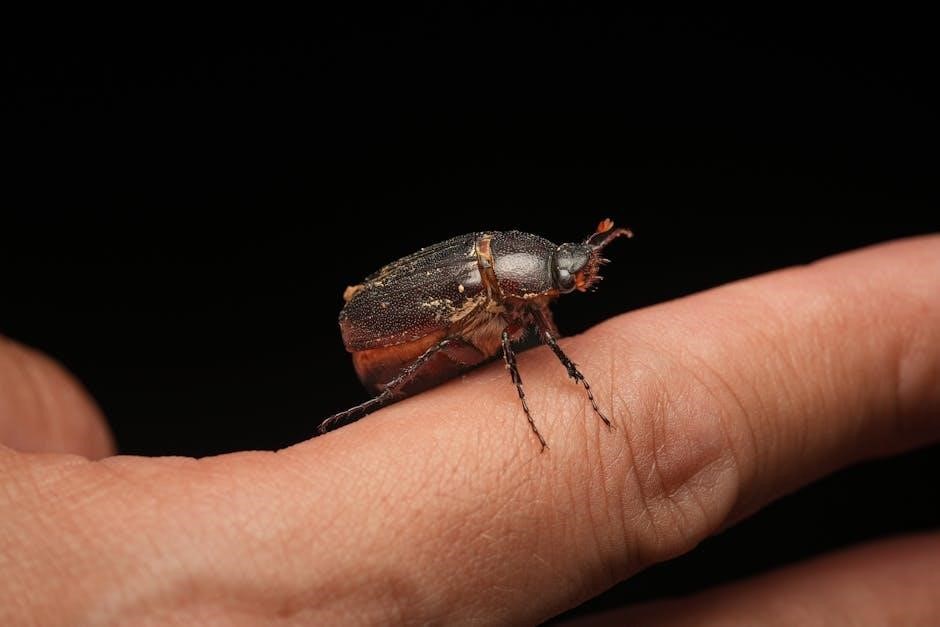
Financial Planning and Aid
Students pursuing wildlife biology degrees can explore scholarships‚ grants‚ and assistantships. Many institutions offer financial aid packages‚ including loans and work-study programs‚ to support academic goals.
10.1 Scholarships and Grants
Scholarships and grants are essential for funding wildlife biology studies. Many universities and organizations offer merit-based or need-based scholarships. Grants from government agencies and NGOs support research-focused students. Additionally‚ private foundations provide awards for conservation and ecology projects. Students should apply early‚ meeting strict deadlines and submitting required documents like essays and recommendations. Some programs also require proof of commitment to wildlife conservation. These financial aids can cover tuition‚ fieldwork expenses‚ and living costs‚ easing the burden on students pursuing careers in wildlife biology and related fields;
10.2 Assistantships and Funding Opportunities
Assistantships and funding opportunities are available to support wildlife biology students. Teaching and research assistantships often involve academic or fieldwork responsibilities. Universities and external organizations offer these positions‚ providing stipends or tuition waivers. Additionally‚ funding opportunities like graduate assistantships and fellowships are awarded to students conducting innovative research. Many wildlife biology programs also partner with NGOs and government agencies to offer paid internships. These opportunities not only provide financial support but also enhance professional experience and networking in the field. Students are encouraged to explore these options early in their academic journey to secure funding and gain practical skills.
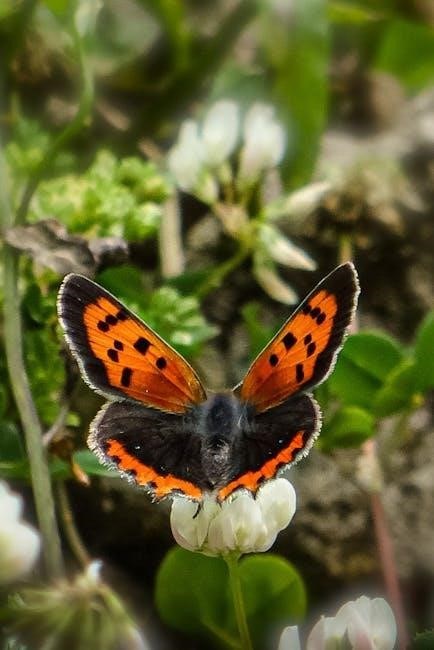
Career Opportunities
A wildlife biology degree opens doors to roles like wildlife biologist‚ conservationist‚ ecologist‚ and environmental scientist. Graduates can work in government agencies‚ NGOs‚ or private sectors‚ focusing on research‚ conservation‚ and management.
11.1 Job Roles in Wildlife Biology
Wildlife biology graduates can pursue diverse roles such as wildlife biologist‚ conservation biologist‚ ecologist‚ environmental scientist‚ and wildlife rehabilitator. These professionals work in government agencies‚ NGOs‚ or private sectors‚ focusing on research‚ conservation‚ and management of ecosystems. Job roles may include conducting field studies‚ developing conservation plans‚ and collaborating with stakeholders to protect endangered species. Additionally‚ opportunities exist in education‚ policy-making‚ and habitat restoration. A strong understanding of ecological principles and practical experience are essential for success in these roles‚ which aim to preserve and sustain biodiversity.
11.2 Networking and Professional Development
Networking and professional development are crucial for advancing a career in wildlife biology. Joining professional organizations like The Wildlife Society or Society for Conservation Biology provides access to conferences‚ workshops‚ and job boards. Attend seminars and symposia to stay updated on research and trends. Building relationships with professors‚ mentors‚ and peers can lead to internships or job opportunities. Participating in volunteer work or field research enhances practical skills and visibility in the field. Additionally‚ pursuing certifications like wildlife rehabilitation or conservation biology can further strengthen professional credentials and open doors to specialized roles.